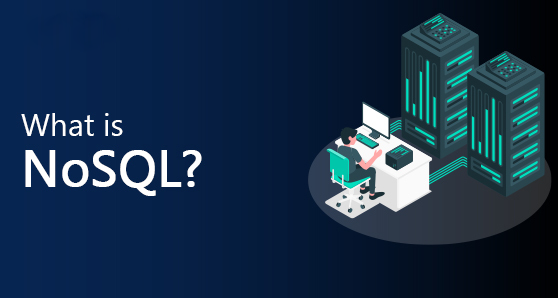Introduction to Docker
What is Docker ??
Docker is a Linux-based, open-source containerization platform. This containerization platform used to build, run, and also use in package applications for using containers by developers. Compare to other virtual machines, the Docker container provides:
- Interoperability
- Efficient in build and test
- OS-level abstraction with optimal resource usage
- Provide faster application execution
Components of a Docker Architecture
Docker contains the different 4 components mentioned below, within its core architecture :
- Images
- Containers
- Registers
- Docker Engine
Images
Images are similar to blueprints which contain the instructions needed for creating a Docker container. Images define:
- In Application dependencies
- The processers that needed to run when the application starts
Containers
Containers act as the live instance of images on an application or its independent modules are run.
Registers
A Docker image similar to the repository of images. Docker Hub is the default registry and it is a public register that containers public and official images for different languages and platforms. A request for an image from Docker is searched within the Docker Hub registry, by default.
Docker Engine
Docker Engine also the core component of the Docker architecture on whatever the application runs. Docker Engine considers as an application that's installed on the relevant system that manages the containers, images, and also builds.
The client-server architecture uses in Docker Engin and consists of the following three components.
- The Docker Daemon
- The Docker Client
- A REST API





Comments
Post a Comment